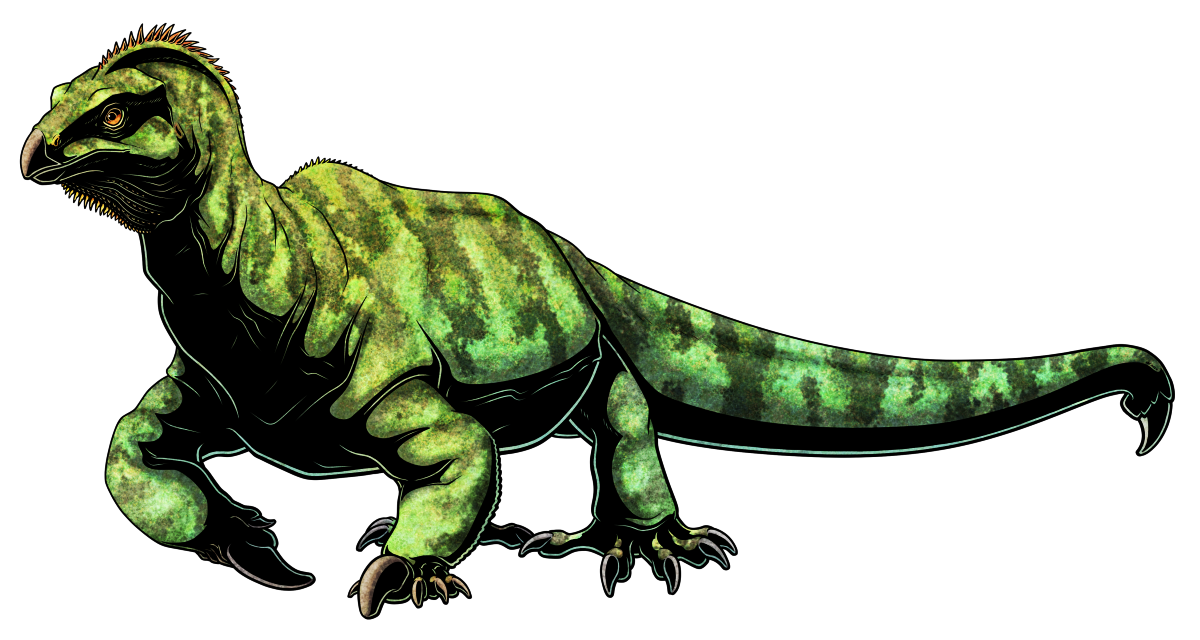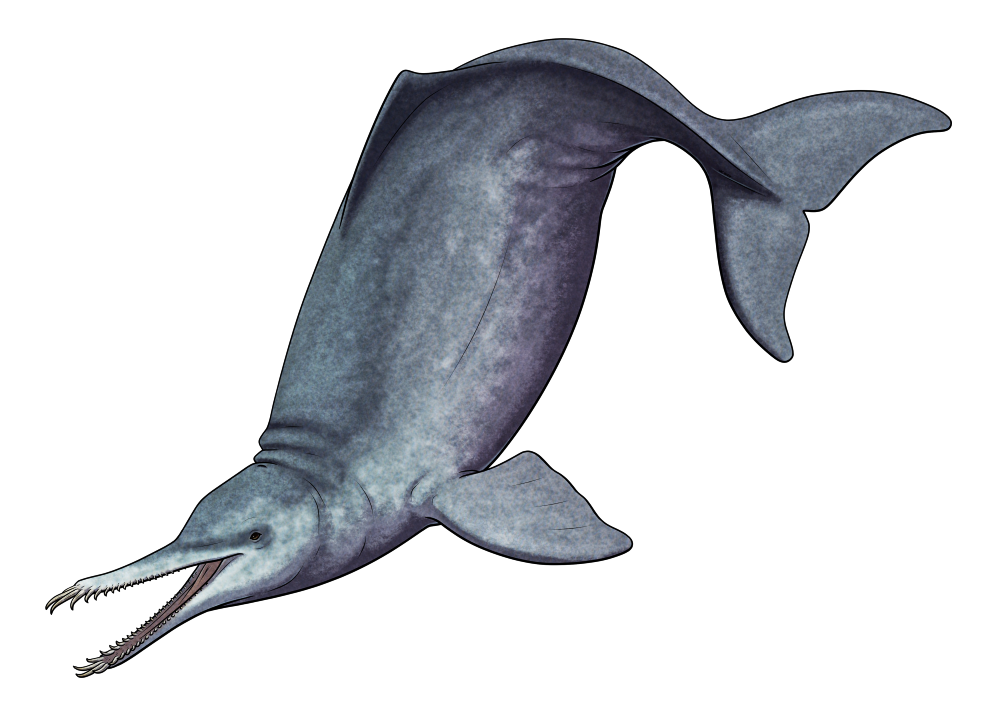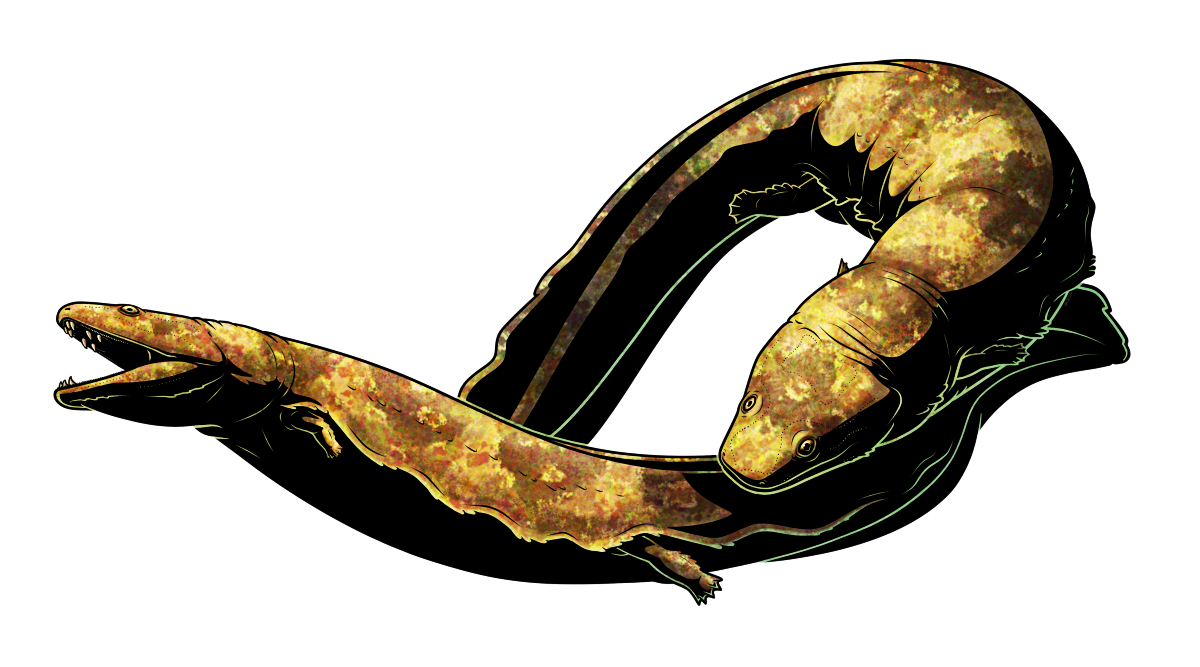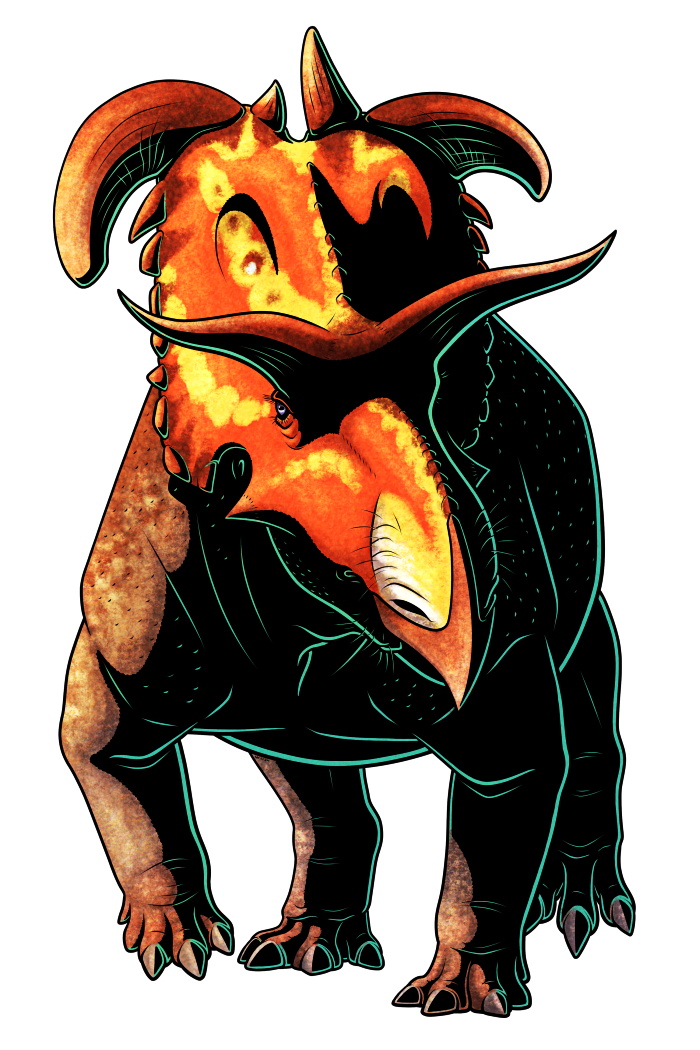Apatemyids were a group of unique early placental mammals that lived during the first half of the Cenozoic, known from North America, Europe, and Asia. Due to their specialized anatomy their evolutionary relationships are rather murky (they were traditionally part of the convoluted mess that was “Insectivora”), but currently they’re thought to be a very early offshoot of the Euarchontoglires, the branch of placentals that includes modern rodents, lagomorphs, treeshrews, colugos, and primates.
Living in what is now western Europe during the mid-Eocene, around 47 million years ago, Heterohyus nanus was a small apatemyid about 30cm long (~12″) – although just over half of that length was made up of its tail.
Like other apatemyids it had a proportionally big boxy head, with large forward-pointing rodent-like incisors in its lower jaw and hooked “can-opener-shaped” incisors in its upper jaw.
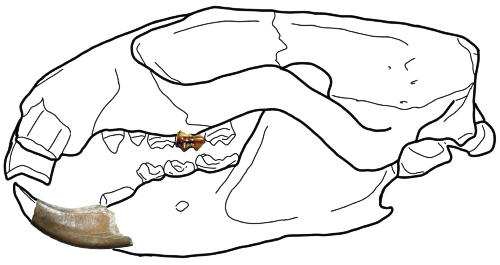
From Samuels, Joshua X. “The first records of Sinclairella (Apatemyidae) from the Pacific Northwest, USA.” PaleoBios 38.1 (2021). https://doi.org/10.5070/P9381053299
The rest of its body was rather slender, and fossils with soft tissue preservation from the Messel Pit in Germany show that it had a bushy tuft of longer fur at the end of its long tail.
But the most distinctive feature of apatemyids like Heterohyus were their fingers, with highly elongated second and third digits resembling those of modern striped possums and aye-ayes. This suggests they had a similar sort of woodpecker-like ecological role, climbing around in trees using their teeth to tear into bark and expose wood-boring insect holes, then probing around with their long fingers to extract their prey.
Continue reading “Heterohyus”

